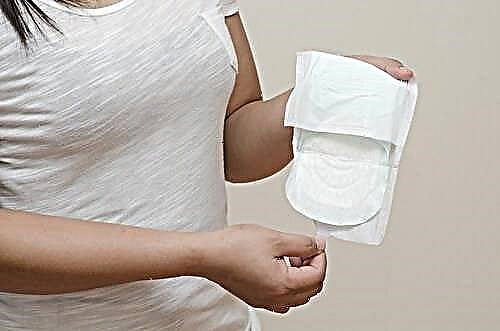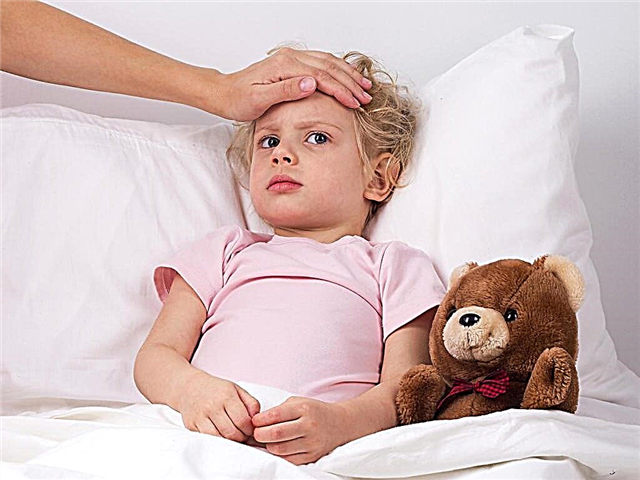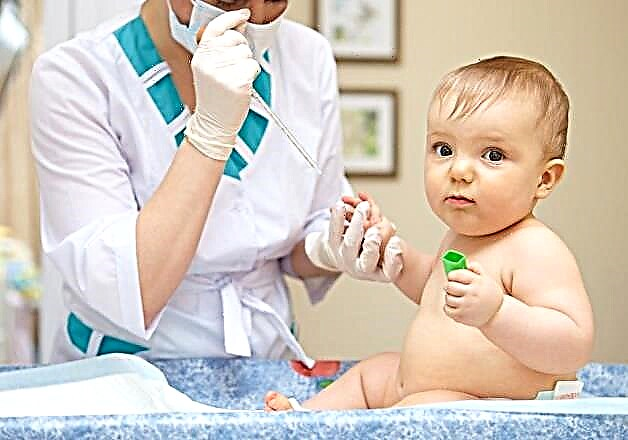Snowflakes are flying, ice on the roads, cold paints mysterious patterns on the windows, and we are all waiting for the New Year's miracle. But frost is insidious. Once captured, it is not always possible to leave healthy. After taking a walk, playing around, children are forgotten, and upon returning home, the child begins to complain of burning sensations and discomfort in fingers, cheeks, nose or ears. You notice that the parts of the body where there are unpleasant sensations have changed color.
In fact, this situation can occur not only in winter, but also in late autumn or early spring, when there is strong wind and increased humidity. We will talk about common cold injuries. We will talk further about what they are, what they are, what to do to avoid them. Also, parents will learn what chills, hypothermia and frostbite in children are.
What is cold injury?
Cold injuries are acute and chronic.
- acute include frostbite (frostbite), hypothermia;
- chronic chills, cold neurovasculitis, and allergies.
Chills
 Chilliness is a chronic cold injury. It appears under the influence of strong wind and moisture. It manifests itself in the form of cyanotic spots with clear boundaries. The skin over these spots is thickened, cold to the touch, burning and itching often appear. Since the disease is chronic, it is characterized by exacerbations, most often in the spring and autumn seasons.
Chilliness is a chronic cold injury. It appears under the influence of strong wind and moisture. It manifests itself in the form of cyanotic spots with clear boundaries. The skin over these spots is thickened, cold to the touch, burning and itching often appear. Since the disease is chronic, it is characterized by exacerbations, most often in the spring and autumn seasons.
If you have a similar problem, you should seek the advice of a doctor.
In the autumn-spring period, it is recommended:
- take vitamins and minerals;
- carry out procedures that improve blood circulation;
- massage;
- do daily exercise.
Protect the chill area with clothing and makeup whenever possible.
Hypothermia
Hypothermia (hypothermia) is a condition in which the general body temperature drops below normal. The reason for this condition may be not only cold outside, but also a long bathing in water.
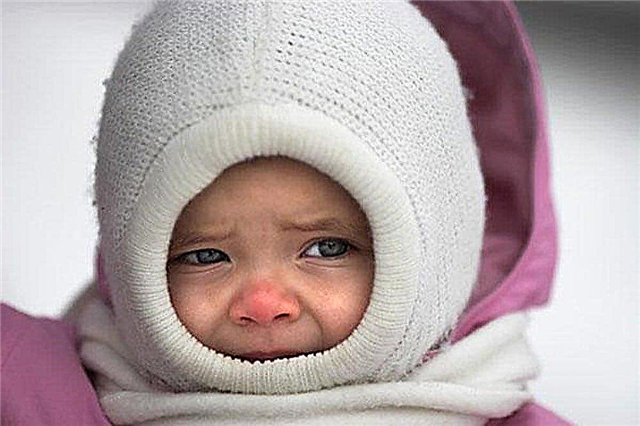 Hypothermia is mainly susceptible to children and the elderly.
Hypothermia is mainly susceptible to children and the elderly.
Hypothermia degree:
- 1 degree. The first degree is characterized by a decrease in body temperature to 34 - 32 degrees Celsius, chills, awkwardness of movements, increased breathing and pulse rate, pallor of the skin;
- 2nd degree. The body temperature drops to 32 - 30 degrees Celsius, severe drowsiness, pulse is rare, breathing is frequent. The person does not understand where he is;
- 3 degree. The body temperature drops below 30 degrees Celsius, deep frostbite appears, consciousness is absent.
What can not be done with hypothermia? Do not give the victim alcoholic beverages and rub the body with alcohol. Do not take a hot bath. A sudden change in temperature can make the situation worse. Do not use hot water bottles.
Hypothermia is usually accompanied by frostbite.
Frostbite
Frostbite (frostbite) is a cold injury caused by exposure to low temperatures on body tissues. The mechanism of such an injury is based on a spasm of small vessels, leading to a malnutrition of tissues and their supply with the necessary amount of oxygen.
Periods of frostbite
During the course of the disease, a pre-reactive period, an early and late reactive period and a recovery period are distinguished.
- the pre-reactive period lasts the first 24 hours, from the moment of the incident to warming up. During this period, there are practically no signs of frostbite. Of the symptoms - only the coldness of the frostbitten area, decreased sensitivity, pallor of the skin. It is almost impossible to determine the depth of damage;
- the reactive period begins after rewarming. It is characterized by the appearance of pain, edema, changes in the skin, corresponding to the degree of cold injury, and there are four of them.
Frostbite degrees
- frostbite 1 degree. The lightest, is characterized at first by pallor, then by redness of the skin, burning sensation, itching. Peeling may appear after a few days. The first degree goes away on its own or after a short treatment;
- frostbite 2 degrees. Refers to shallow tissue lesions, characterized at first by blanching, then by redness or reddening of the skin. Possible slight swelling at the site of injury, painful sensations, later - the appearance of blisters with serous (transparent) contents. This degree of frostbite already requires treatment. Recovery occurs in two weeks;
- frostbite 3 degrees. Deep tissue damage, characterized by tissue necrosis (death), severe pain. Frostbite areas of the body are dark, bluish, blisters with blood may appear. Such injuries require hospital treatment;
- frostbite 4 degrees. Perhaps the deepest and most serious injury. As a result of this injury, not only skin cells and subcutaneous fatty tissue die, but also muscles and other tissues. The skin at the site of the lesion is bluish or black, edematous, and cold to the touch. The fourth degree is rare in peacetime.
The insidiousness of such injuries is that the depth of freezing is not immediately visible. While the victim is in the cold, it may seem that the frostbite is shallow. This may delay first aid for frostbite.
Signs of frostbite
- Skin discoloration.
- If it is the cheeks, nose or ears - the appearance of white spots.
- If it is frostbite of the hands or feet, the child may complain of pain or lack of sensitivity (but, alas, only adult children can do this).
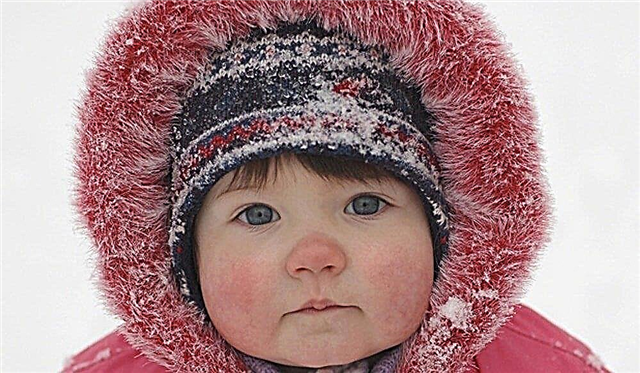 Based on the degree and area of frostbite, medical assistance is provided.
Based on the degree and area of frostbite, medical assistance is provided.
How not to provide first aid for frostbite?
- Do not rub the frostbitten areas of the body. No need to rub with snow, this will deepen the cold burn.
- Do not rub the frostbite with a cloth as this can damage the frostbite skin.
- Do not leave wet clothing on your body.
- Do not overheat. When you get home, do not take a hot bath. It is necessary to warm up the frostbitten parts of the body gradually, the water should initially be no more than 20 degrees Celsius. Sudden warming also deepens the trauma.
- Do not wipe the victim with alcohol - it increases heat transfer.
- The victim's clothing and footwear should not be tight or crushing.
First aid for hypothermia and frostbite
- if possible, stop exposure to cold on the body;
- if it's cold weather, you should move to a warm room;
- if the child is frozen in water, then it is necessary to complete the water procedures for this time;
- remove all wet clothes from the body;
- if the victim has areas of frostbite, then it is advisable to apply heat-insulating bandages on them before he turns into heat;
- movements in frostbitten limbs should be minimized;
- upon returning home, it is necessary to give an antispasmodic (No-shpu, Papaverine) in an age-specific dosage;
- change into warm dry clothes;
- give warm tea, fruit drink, milk. The drink should be warm, but not scalding;
- you may need to do a local bath. It is very important that the water temperature should initially be no more than 20 degrees, then it can be gradually increased, but not more than up to 40 degrees Celsius;
- if the child is excessively sleepy upon returning from the street or you see cyanosis of large areas of the skin, it is better to consult a doctor.
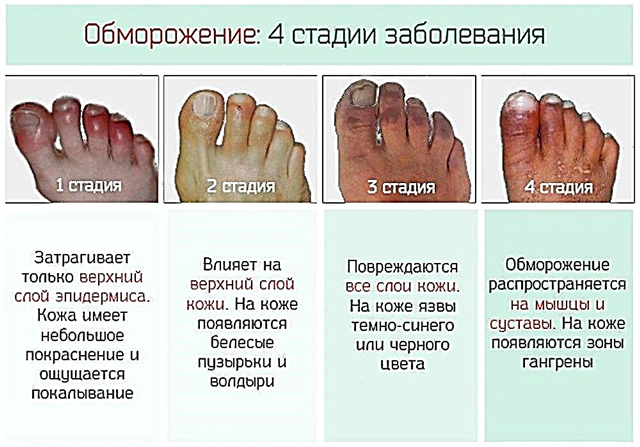
First aid for frostbite
If you are on the street and understand that the child has received serious and deep cold injuries, or if, after coming home and having performed all the above procedures, you notice after some time the appearance of blisters, increased pain and increased swelling, seek medical attention. help to a doctor. Better not to delay. The third degree of frostbite does not go away on its own.
What the doctor will do:
- inspect;
- apply a bandage;
- immobilizes a limb;
- pain reliever;
- prescribe antibiotics and droppers if necessary;
- may decide on hospitalization, which is not worth giving up;
- if the frostbite is third or fourth degree, surgery may be required.
If first aid for frostbite was provided correctly, this greatly facilitates the condition of the child in the future.
What should a mother do in a particular situation?
Frostbite on the cheeks of a child
So, you were walking on the street and suddenly noticed that white spots appeared on the baby's face, or the usual blush just disappeared from the face. The child has become overly active or, conversely, sleepy and lethargic.
- At the moment, it is better to finish your walk, return home or to a warm room, change into warm dry clothes. If after 15 - 20 minutes the child's condition returns to normal, and the cheeks take on a normal color, everything is fine and there is no need to worry. If not, follow the further algorithm.
- Warm up tea, fruit drink, or whatever drink your child likes to drink. Heat not to a boil, but to the usual temperature. Your goal is not to burn, but to warm the baby.
- Wash your baby with water. First cool 20˚C, then make the water warmer, gradually bringing to 38˚C.
- It is possible to carry out a light massage with your fingertips. But remember, if it is immediately obvious that the frostbite is deep, this cannot be done.
- If there is pain, you can give Papaverine or another antispasmodic in an age-related dosage.
- If, after a while, blisters appear on the cheeks or the skin begins to darken, seek medical attention.
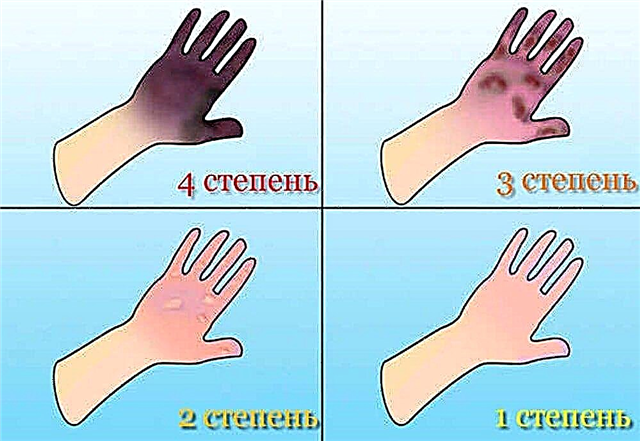 Frostbite on the cheeks of a child can recur every time unfavorable weather conditions appear.
Frostbite on the cheeks of a child can recur every time unfavorable weather conditions appear.
Frostbite of hands and fingers
Children are fidgets. Checking the depth of a puddle in autumn, playing snowballs and making a snowman in winter is very important and interesting. What is left for the parents? Observe and do everything possible so that children's games do not lead to trouble.
It happens that, taking the child by the hand, the mother realizes that her fingers or the whole hand is frostbitten.
The algorithm in this situation is the same as for cheek frostbite.
- Take your baby and go home. Remove wet gloves or mittens beforehand, if any.
- Do not rub your hands in the cold with anything: neither snow, nor a cloth. It is better if you make an impromptu bandage from your scarf on the arms of the child, and take him home.
- At home, give an antispasmodic in an age-specific dosage, give the baby warm tea, make a hand bath first with 20 ° C water, then gradually increase it. Do not rush to go over to increase the temperature of the water, a sharp change in temperature only worsens the situation and deepens the frostbite.
- Blot the handles with a warm towel after the bath.
If the sensitivity of the hands is restored, and the skin is pink without cyanosis and blisters, you can not worry. If, despite your best efforts, pain and swelling develop, it is best to seek professional help.
Frostbite feet
 The reason that your baby has frostbitten feet, to a greater extent, can be the wrong shoes. Shoes must be loose, properly sized and fit your child's foot. Shoes must be made from natural materials.
The reason that your baby has frostbitten feet, to a greater extent, can be the wrong shoes. Shoes must be loose, properly sized and fit your child's foot. Shoes must be made from natural materials.
If you go for a walk in the fall or spring and wear rubber boots, then take care of extra socks "just in case." Socks should be made from natural fabrics, preferably wool.
Since the legs are not visible under the shoes, you need to carefully monitor the child's behavior. If you see general signs of hypothermia, or if you suspect your baby has wet feet, take your baby home. Divide your walk in two.
First aid for frostbite should be started even before moving to a warm room. The actions for frostbite of the feet are the same as for the hands.
How to protect a child from frostbite?
- it is advisable to feed the child before going outside;
- if the child does not go to the potty yet, change diapers or diapers, offer a baby under three years old to do toilet procedures;
- dress your child according to the season and age. It is better to wear several layers of light clothing than one thick one. Outerwear should be made of waterproof fabrics;
- don't forget about the hat, scarf, mittens, socks. Ideally, have a spare with you;
- shoes should be loose, exactly matched to the child's foot, with a warm insole and woolen sock;
- for walks in winter, it is better to remove earrings;
- use special children's cosmetics to protect your face. These are greasy creams, you can lubricate the cheeks and nose of a child with them, there are also lip balms based on petroleum jelly. You can simply lubricate the skin with petroleum jelly;
- at the first sign of hypothermia, go home;
- If you think it is too cold, windy or wet outside, reschedule your walk.
What are the consequences of frostbite?
- complete recovery in the first degree usually occurs after 7 to 10 days, with adequate treatment of the second degree - after 14 to 18;
- recovery after the third and fourth degrees only with long-term rehabilitation. Scars remain after treatment;
- with tissue necrosis - amputation of the affected area or limb.
In conclusion, let me remind you once again that first aid for frostbite plays an important role in the further course of the disease. Wrong actions complicate the situation. Timely, correctly provided assistance facilitates the course of the disease.

